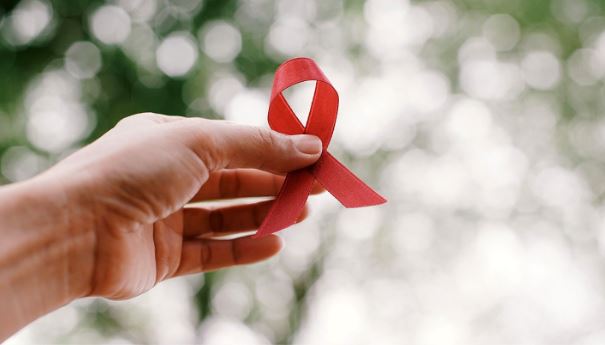Saliva does not typically contain enough of the virus to pose a significant risk of transmission.
However, there are a few factors that could potentially increase the risk, though these scenarios are uncommon:
1. Open sores or cuts in the mouth
If both partners have open sores or cuts in their mouths, there is a theoretical risk of transmission, as this could allow direct access to the bloodstream. However, even in such cases, the risk is considered very low.
2. Bleeding gums or oral conditions
If a person has bleeding gums or certain oral conditions, there may be a slightly increased risk. Again, the risk is still considered low.
It’s important to note that HIV transmission is much more likely through activities such as unprotected sexual intercourse, sharing needles, or contact with infected blood.
Kissing, under normal circumstances, is not a significant mode of HIV transmission. This is why emphasis is placed on practicing safer sex and also to avoid sharing sharp objects like razors or needles.
If you have specific concerns about HIV transmission or if you are engaging in activities that may pose a risk, it is always advisable to consult with a healthcare professional for personalized advice and information.
Practicing safer sex and taking precautions, such as using barrier methods like condoms, can further reduce the risk of HIV transmission.





